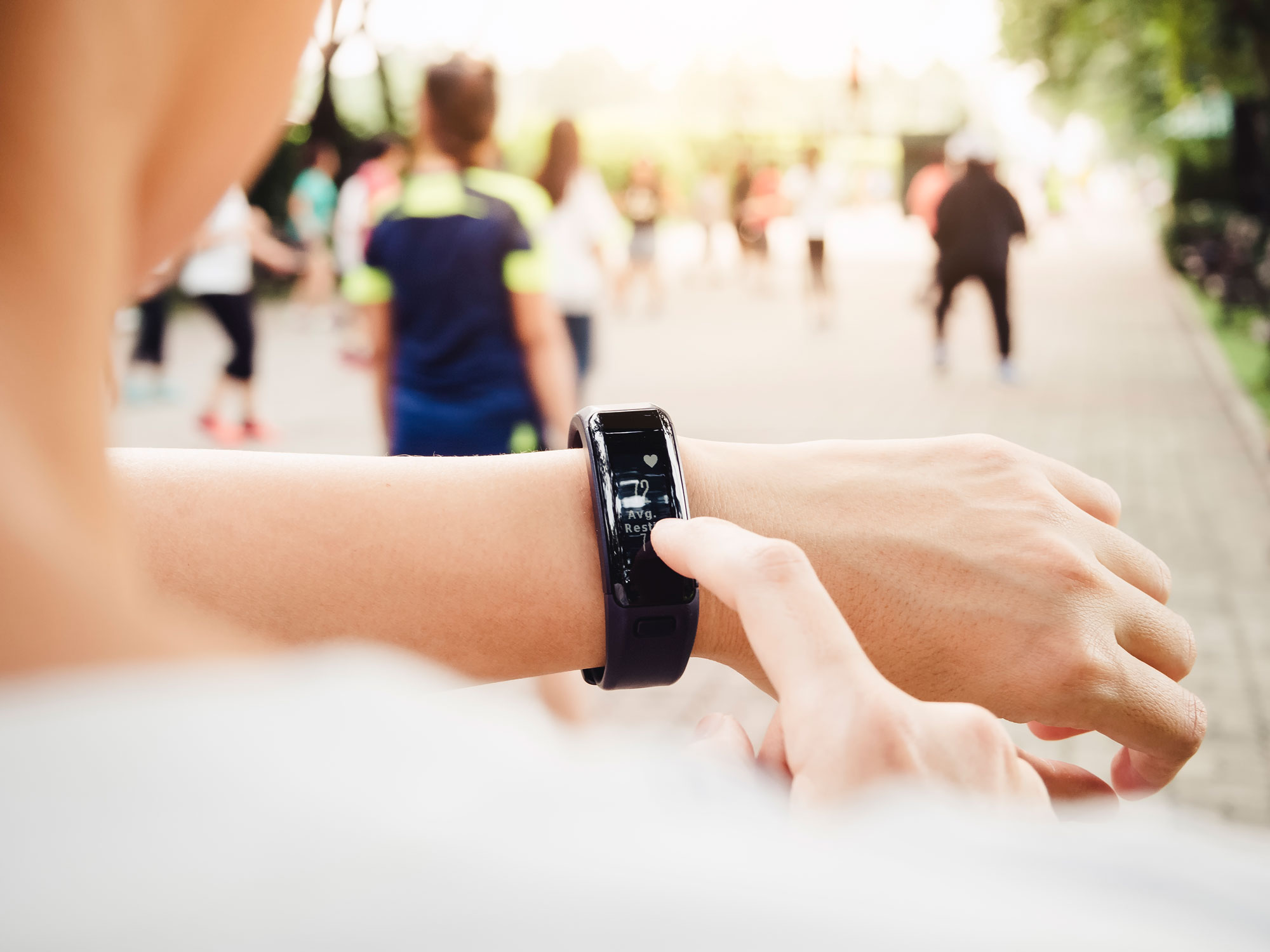Get Easy Health Digest™ in your inbox and don’t miss a thing when you subscribe today. Plus, get the free bonus report, Mother Nature’s Tips, Tricks and Remedies for Cholesterol, Blood Pressure & Blood Sugar as my way of saying welcome to the community!
What you HAVE to add to your fitbit to get results

Are you starting this New Year with a resolution to lose weight and get more active? If so, you may have decided to use an activity monitor, like a Fitbit, to help you stick to your program and get results.
But, according to a new study, if you don’t add one more vital component along with that activity monitor, you’re likely to fail.
So, what is the one thing that makes the difference?
Let’s take a look…
Walking, more or less?
Scientists at Oregon Health & Science University followed more than 400 healthy adults over the course of six months to determine whether using an activity monitor resulted in increasing activity levels and improvements in health.
To do this, the study participants’ steps were tracked every minute with an activity monitor worn on their wrists. And, their heart health was also evaluated by assessing for multiple indicators of cardiac risk, including: body mass index, cholesterol, blood pressure and blood sugar.
Here’s what they found…
Overall, participants who used an activity monitor actually displayed a decrease in mean steps per day over the course of the study and their cardiac risk factors also remained largely unchanged.
In other words, not only did using an activity monitor NOT result in higher activity levels and better health, most people that used the monitors walked even less than they did before starting the study. This lack-luster performance was despite 57 percent of study subjects thinking their activity had actually increased.
However, there was one group of participants that figured out the key to getting the most from their activity monitors and they did one thing different than those for whom the activity monitors were a failure…
They set goals!
According to the researchers, “To make activity trackers effective, users need to set a specific goal and stick with it.”
In fact, they found that “When paired with activity goals — such as 7,000 to 10,000 steps a day or 150 minutes of moderate intensity activity each week — these trackers can be powerful tools for increasing physical activity.”
New Year, new you
So, if you’re ready to create a whole new you, get active, healthy and fit this year, try pairing an activity monitor with real, measurable goals.
Here are 5 tips to reaching a healthier you in 2018:
- Walk it out – Wear your activity monitor daily and aim for 10,000 steps per day. Why 10,000 steps? It adds up to about five miles each day for most people, which includes about 30 minutes of daily exercise — satisfying the CDC’s recommendation of at least 150 minutes of moderate exercise per week.
- Don’t forget the nutrition – Nutrition is the surest way to fend of frailty. Setting nutritional goals is also a vital step to getting fit this year. Work to get more fruits and vegetables in your diet, along with plenty of protein and complex carbohydrates. And, don’t forget to do your best to limit junk food and other sources of empty calories.
- Monitor your health – Your blood pressure, blood sugar, cholesterol and resting heart rate are all vital health statistics you should know and work to keep in check to keep health problems from sneaking up on you.
- Work on your flexibility – As you age, it’s easy to lose flexibility, allowing your joints to stiffen and injure more easily. Work daily to increase your flexibility through yoga and massage and be sure to stretch following any exercise session.
Related: How squatting can help your aching joints
This New Year is a new chance to get active and become a healthier you. Use an activity monitor along with goal setting to become the you that you want to be in 2018.
Editor’s note: Are you feeling unusually tired? You may think this is normal aging, but the problem could be your master hormone. When it’s not working, your risk of age-related diseases skyrockets. To reset what many call “the trigger for all disease” and live better, longer, click here to discover The Insulin Factor: How to Repair Your Body’s Master Controller and Conquer Chronic Disease!
Sources:
- Activity monitors only effective when users set goals — Oregon Health & Science University
- Should You Really Take 10,000 Steps a Day? — Fitbit Inc.













